

| JCC E-Magazine September 2020 |
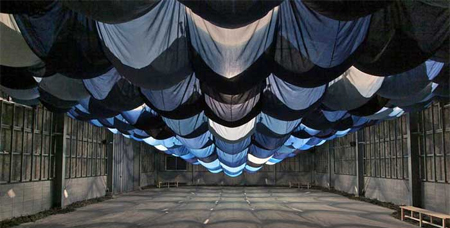
Illuminated artwork featuring 247 sheets of colorfully dyed indigo cloth connected together (Courtesy of Awa Natural Indigo ×Shape in the future Project)
Overview
Though JCC's premises is still not open to the public yet, we hope that you have been enjoying our various articles on our Facebook and Instagram. As for this month's E-Magazine cultural articles, we are highlighting the unique topics of Tsugaru-shamisen and aizome. Feel free to let us know if you want to learn more about any Japan-related topics!
Besides that, we are happy to share that JCC is preparing a special corner to introduce each prefecture of Japan. We will be kickstarting this on our Facebook first, so do keep an eye out for it! In the meantime, do stay safe and healthy!
Director's Message
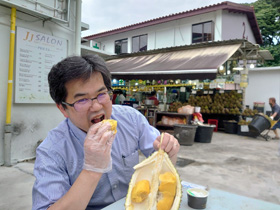 |
Konnichiwa!
Having been in Singapore for almost 5 months now, many Friends of JCC have been recommending me to try durian here in Singapore. I was curious about its title as the King of Fruits, and as to why people either love it or hate it. I was able to try durian recently, and although I was unaccustomed to its taste, I liked it very much! Its flavour gave me a much-needed boost at the end of a long work week, and I do think that I will grow to love it more. I look forward to receiving more food and drink recommendations during my...(Click here to read more) |
Cultural Articles
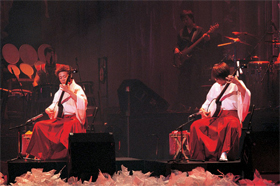 |
The Music of Tsugaru Japan has a rich history of music, with a repertoire of traditional instruments that are still used in performances today. One traditional stringed instrument that many may recognise is the shamisen (三味線), a lute-like instrument. The square body of the shamisen is made by stretching cat skin over pieces of wood, creating a hollow body like a drum. The distinctive neck of the instrument is made of three or four separate pieces; this is so that the...(Click here to read more) |
|
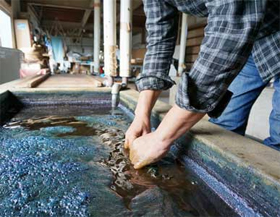 |
Aizome: Japan’s Hues of Blue Have you heard of “Japan Blue?” It actually refers not to one particular shade, but to various hues of blue – specifically, hues that can be achieved through the unique Japanese method of indigo dyeing. This traditional process of indigo dyeing is known as aizome (藍染め). In Japan, indigo dye is obtained from the Japanese Indigo plant, a type of knotweed. Traditional methods to extract the indigo pigment from the plant require its soft, dark green leaves...(Click here to read more) |
|
Japanese Cultural Fact for September
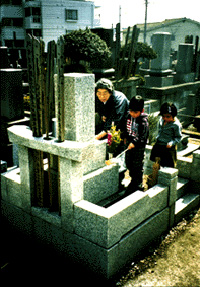 © Kyodo |
Autumnal Equinox Day September 23 or 24 is Autumnal Equinox Day, a national holiday. It's a day not just to mark the changing of seasons but also to pay our respects to our deceased parents, grandparents, and other family members.The months of September, October, November are usually considered the autumn months, but technically speaking, fall is the period between the autumnal equinox and winter solstice. The autumnal equinox is the day when the sun crosses the equator from the Northern to the Southern Hemisphere. By the modern Gregorian calendar, this date usually...(Click here to read more) |
Notice
| ■ Information on Invitation for Application: The Japan World Exposition 1970 Commemorative Fund |
| ■ The Japan Foundation grant program for FY2020 (Japanese / English) |
| ■ Enjoy Free Japanese Lessons here on NHK World! |
Notices regarding the COVID-19 situation
| ■ Japanese Government Initiatives for COVID-19 |
| ■ Embassy of Japan in Singapore Facebook |
|
Japan Creative Centre 4 Nassim Road, Singapore 258372 +65 6737 0434 / jcc@sn.mofa.go.jp https://www.sg.emb-japan.go.jp/JCC/ Nearest parking at Orchard Hotel & Delphi Orchard |
 |